Table of Contents
Alright, let's talk about the bob haircut. It's the haircut equivalent of a little black dress – timeless, versatile, and somehow always in style. For decades, people have opted for the clean lines and effortless cool of a bob. But here's the thing: saying you want a bob is like ordering "coffee" without specifying espresso, latte, or just a plain old drip. There's a whole menu of options. The sheer variety among the different types of bob haircuts can feel a bit overwhelming if you don't know what you're looking at.
Beyond the Basic Bob: Exploring Different Types of Bob Haircuts
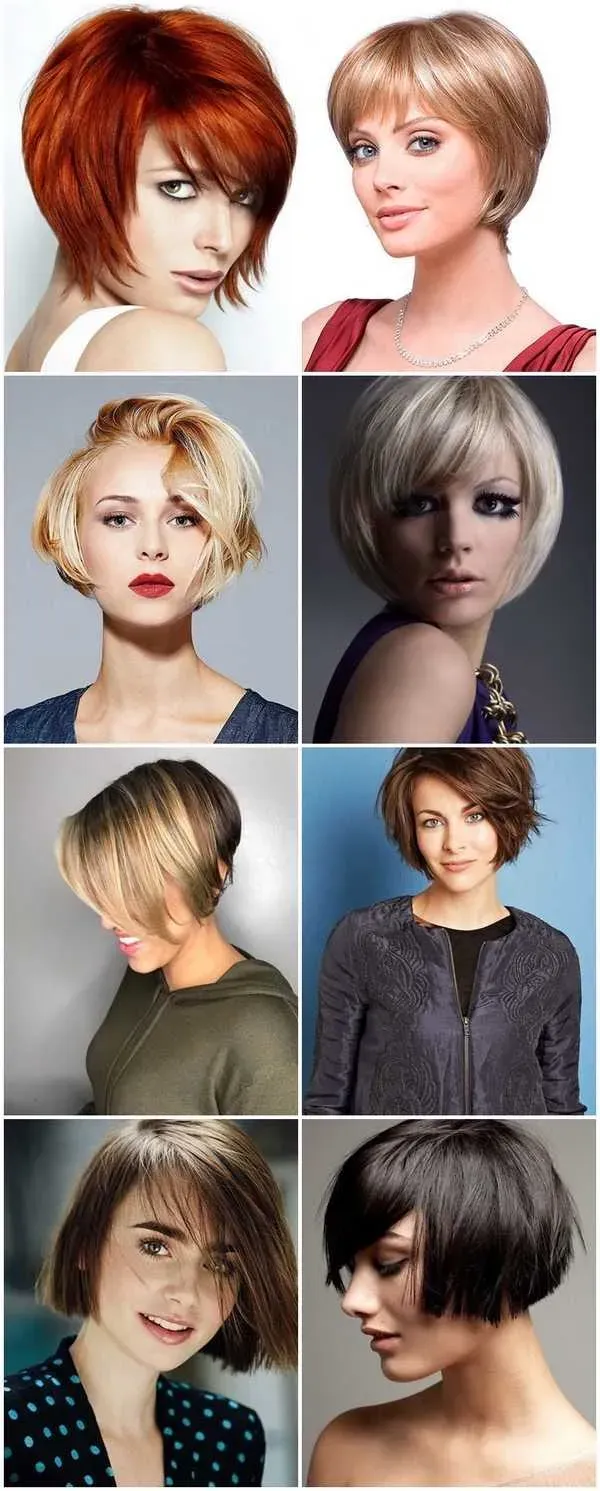
Beyond the Basic Bob: Exploring Different Types of Bob Haircuts
It's More Than Just Short Hair
Look, we've all seen a bob. Your mom probably had one in the 80s, your favorite indie musician rocked one last year, and someone you know is probably considering one right now. But calling every chin-length cut a "bob" is like calling every four-wheeled vehicle a "car." There's a spectrum. When we talk about the actual types of bob haircuts, we're diving into variations defined by length, angle, layers, and texture. Think of the classic image: sharp, blunt, maybe hitting just below the ear. That's one type, sure, but it's just the starting point. The real fun begins when you see how this fundamental shape can be twisted, angled, and softened to fit entirely different vibes and hair types.
The Anatomy of a Bob Variation
So, what makes one bob different from another? It often comes down to a few key elements the stylist considers. Is the baseline straight across, angled forward, or maybe slightly curved? Are there layers cut throughout the hair, and if so, how long are they and where are they placed? Does the cut incorporate bangs, and are those blunt, wispy, or side-swept? These aren't minor tweaks; they fundamentally change the shape, movement, and overall feel of the haircut. Understanding these components is the first step to navigating the world of types of bob haircuts beyond the basic definition. It's the difference between a perfectly tailored suit and something off the rack.
Why So Many Types? Blame Hair and Faces
The reason we have so many types of bob haircuts isn't just because stylists are bored. It's because hair itself is incredibly diverse. Fine hair needs a different approach than thick hair to get volume. Curly hair behaves completely unlike straight hair when cut short. Then there are face shapes; a cut that highlights one person's jawline might make another's face look wider than they'd prefer. The evolution of bob types is a direct response to these variables. Stylists developed different techniques and angles to make the bob work for as many people and hair textures as possible. It’s problem-solving, but with scissors.
Short & Chic: Blunt Bobs and Their Variations
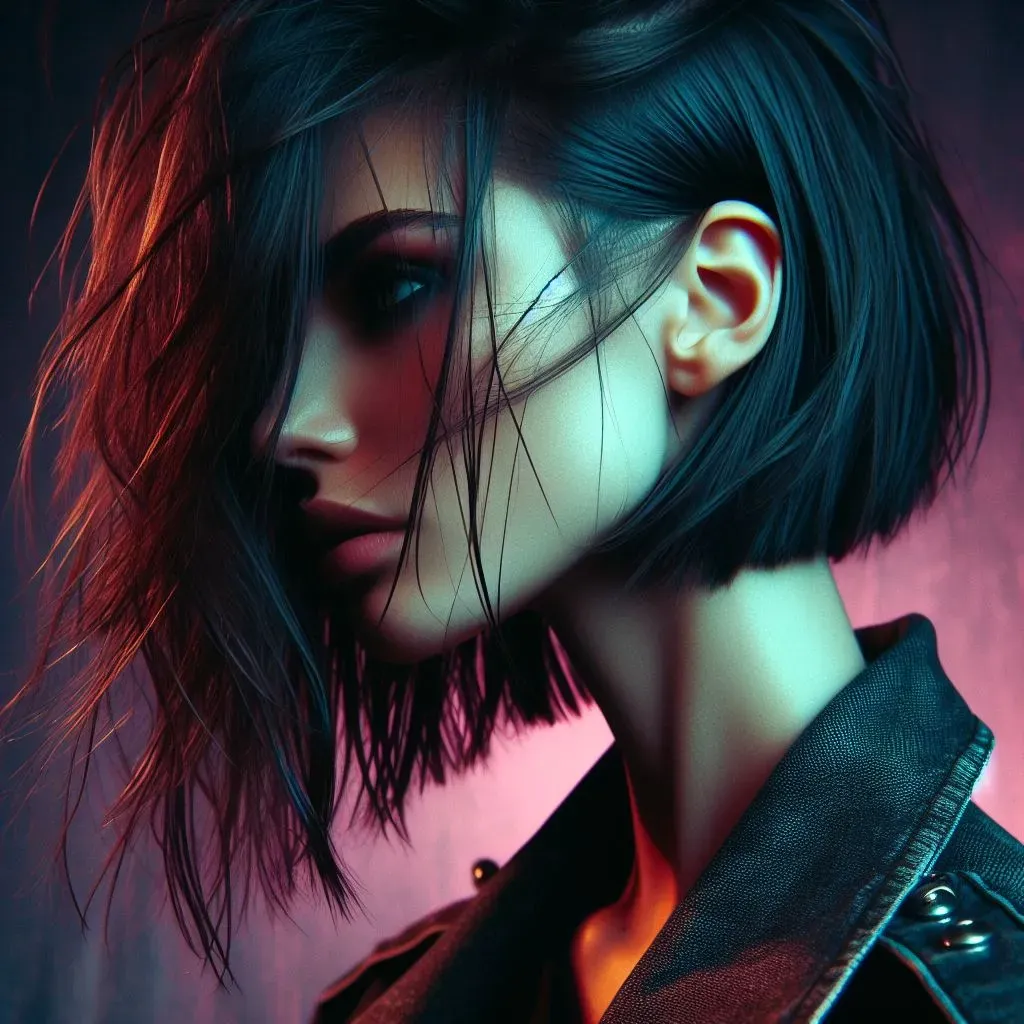
Short & Chic: Blunt Bobs and Their Variations
The Classic Blunt Cut
When most people picture a bob, they're likely seeing a blunt cut. This is the OG of types of bob haircuts, defined by hair that's cut straight across the bottom, creating a sharp, clean line. There's no softening here, no feathered edges; it's deliberate and graphic. It works beautifully on fine hair because that straight line makes the ends look thicker and fuller. On thicker hair, a blunt bob can sometimes get a bit triangular or puffy if not cut with hidden internal layers or carefully managed, which is where a good stylist earns their money. The length can vary, from cheekbone-skimming micro-bobs to chin-length power cuts.
Adding Movement: Layered and Textured Types of Bob Haircuts
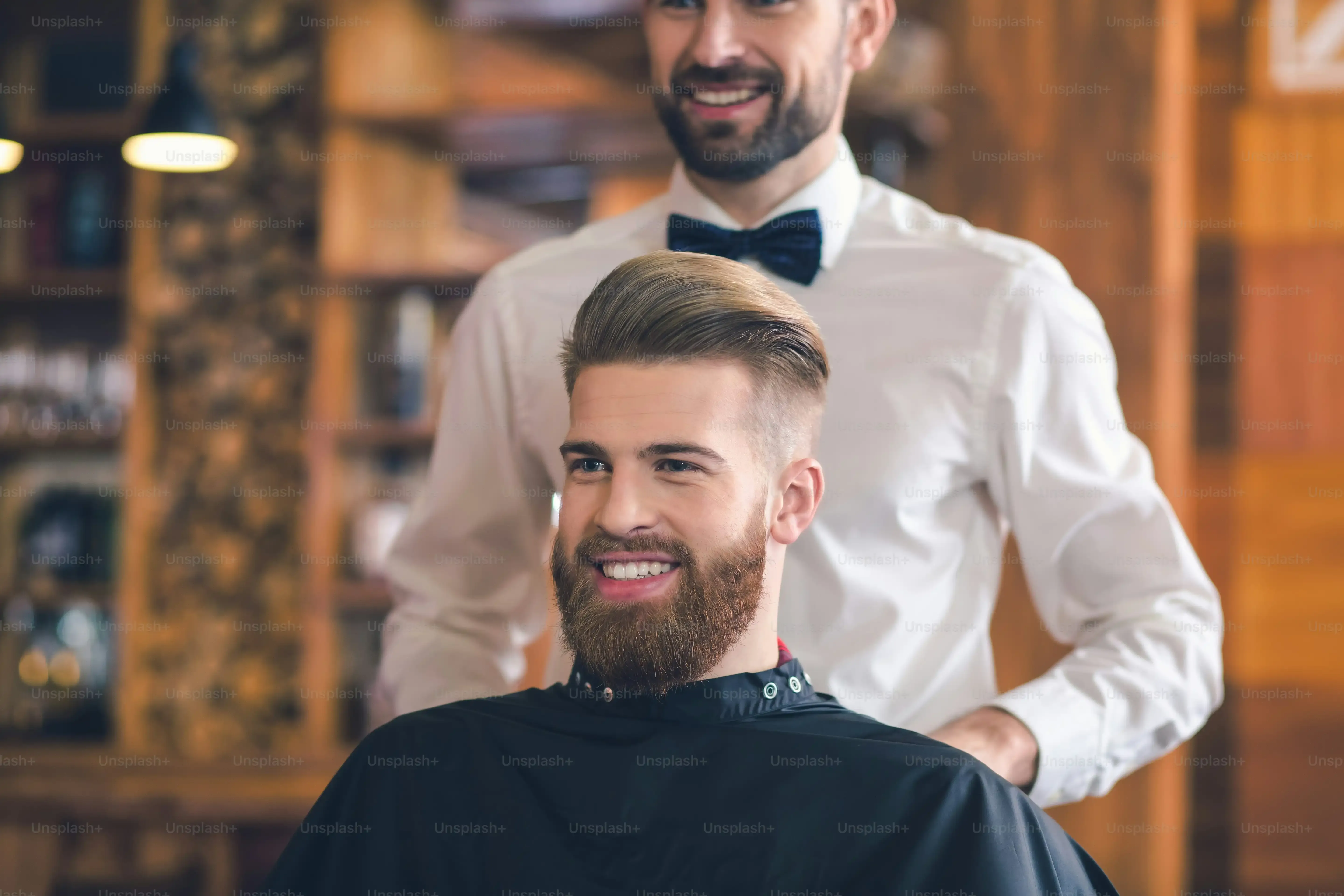
Adding Movement: Layered and Textured Types of Bob Haircuts
Adding Dimension and Flow
Moving on from the sharp, clean lines of the blunt cut, we enter the world of layered and textured types of bob haircuts. This is where the scissors aren't just cutting a straight line; they're sculpting. Layers, whether long and subtle or shorter and more dramatic, are cut into the hair to remove weight, add volume, and create movement. Think of it like strategic architecture for your hair. A textured bob often involves techniques like point cutting or slicing to soften the ends and give the style a more lived-in, effortless feel. This approach is a lifesaver for thick hair that can look like a mushroom cloud if cut blunt, or for fine hair that needs a serious lift. It takes the basic bob shape and gives it personality, flow, and a lot less stiffness.
Bold Statements: Asymmetrical and ALine Bob Styles
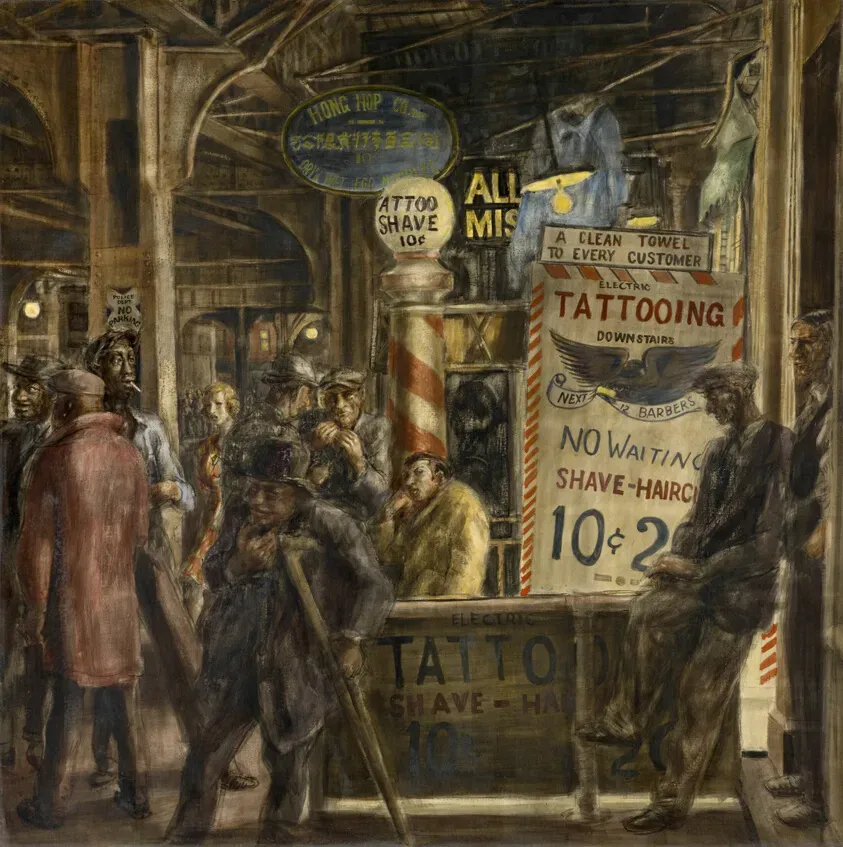
Bold Statements: Asymmetrical and ALine Bob Styles
The Forward Angle: A-Line Bob Specifics
If you're looking for a bob that dips forward, creating a bit of drama without going full avant-garde, the A-line bob is probably on your radar. This style is distinctly shorter in the back, gradually getting longer as it moves towards the front, often ending around or past the chin. There's no stacking of layers in the back like you see in a graduated bob; the lines are generally cleaner and follow that sharp angle. It’s a fantastic choice for straight hair, as the angle is really visible and makes a statement. Trying to pull this off with super curly hair can be tricky unless you plan on straightening it regularly, as the curl pattern might obscure the intended line. It offers a sleek profile and can make the neck look longer, which is never a bad thing.
Going Off-Balance: The Asymmetrical Bob
Now, if you want to truly lean into the "bold statement" part of types of bob haircuts, the asymmetrical bob is your friend. This cut throws symmetry out the window entirely. One side is noticeably longer than the other, sometimes drastically so. Think chin-length on one side, maybe collarbone-length on the other, or even shorter on one side and jaw-length on the other. It's a deliberate, edgy look that immediately signals confidence (or maybe just a willingness to mess with expectations). It works on various hair types but the impact of the unequal lengths is most striking on straighter textures. Styling can involve emphasizing the difference, perhaps sleek on the long side, tucked behind the ear on the short side. It's not a cut for shrinking violets.
Versatile Lengths: The Lob and Other Longer Types of Bob Haircuts
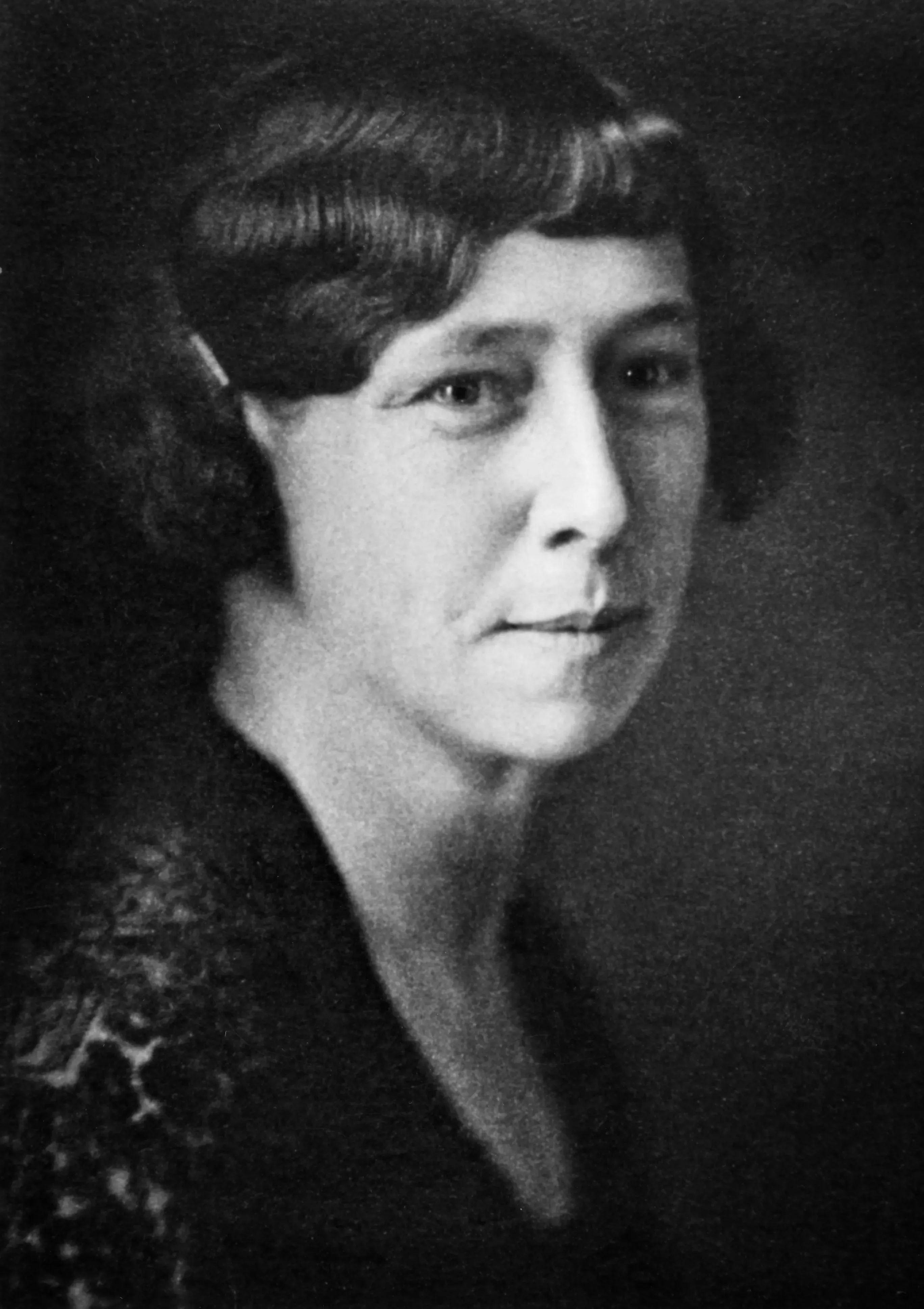
Versatile Lengths: The Lob and Other Longer Types of Bob Haircuts
The Reign of the Lob (Long Bob)
Let's be real, the Lob isn't just one of the types of bob haircuts; it's arguably the most popular haircut of the last decade. It’s the gateway bob. Hits anywhere from your collarbone up to just above your shoulders. Why the obsession? Because it's the perfect compromise. You get the chic feel of shorter hair without the commitment (or the awkward grow-out phase) of a chin-length cut. It works on pretty much every hair texture – straight, wavy, curly – and flatters a huge range of face shapes. It's long enough to tie back, braid, or curl, giving you way more styling options than its shorter cousins. If you're nervous about chopping off too much, the lob is your safest bet into the world of types of bob haircuts.
Beyond the Basic Lob: Adding Layers or Angles
Just because it's longer doesn't mean it's boring. The lob, like shorter bobs, comes with variations. A layered lob adds movement and takes out weight, great for thicker hair or adding body to finer strands. A slightly angled lob dips forward just a touch, giving you some of that A-line drama without the stark difference of a traditional A-line bob. These tweaks allow the lob to be customized, preventing that slightly shapeless look some longer bobs can fall into if not cut with intention. It's still fundamentally a longer bob, but the details make it yours.
- Blunt Lob: Clean, sharp line at the bottom. Looks sleek and modern.
- Layered Lob: Internal or external layers add texture and reduce bulk.
- Angled Lob: Slightly longer in the front than the back. Provides a subtle edge.
- Wavy Lob: Often cut with soft layers to enhance natural waves or hold a curl.
The Bridge Between Short and Long
These longer types of bob haircuts serve a crucial purpose: they bridge the gap. They're short enough to feel fresh and light but long enough to still feel familiar if you're used to longer hair. They offer a stepping stone for those considering a shorter cut or a soft landing for those growing out a pixie or a shorter bob. They manage to be both trendy and classic simultaneously, a rare feat in the ever-changing landscape of hairstyles. They prove that "bob" isn't just one specific length, but a whole family of cuts playing with proportion and line.
Styling Your Bob: Tips for Every Cut
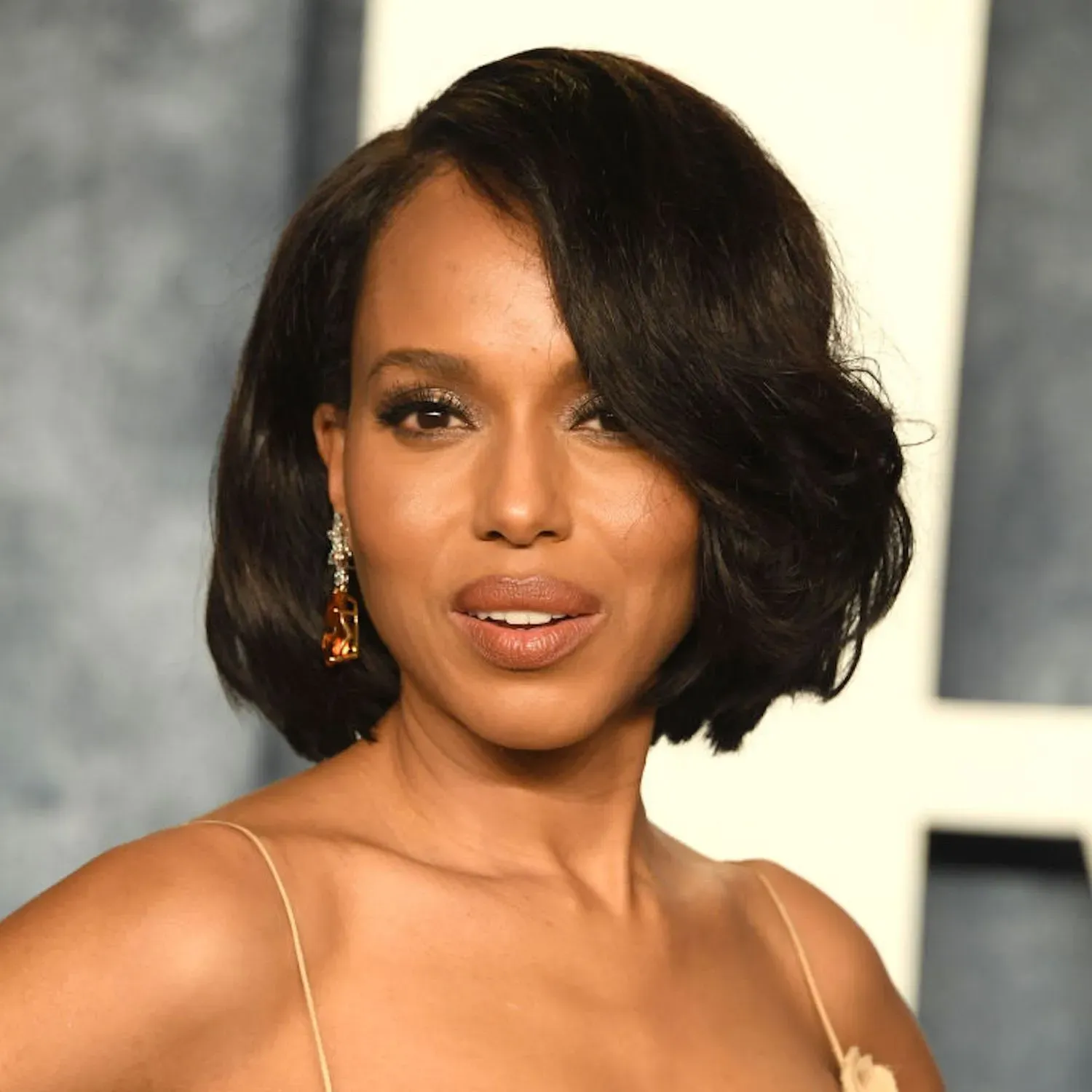
Styling Your Bob: Tips for Every Cut
Keeping it Sleek: Styling Blunt and A-Line Bobs
you've got the sharp, clean lines of a blunt or A-line bob. The goal here is often polish. Frizz is the enemy. A good heat protectant spray is non-negotiable if you're using hot tools, which you likely will be for maximum sleekness. A flat iron is your best friend, but don't just clamp and drag. Glide it smoothly from roots to ends. For extra shine and to tame flyaways, a lightweight serum or finishing cream is key. Apply it sparingly – too much and you'll look greasy, not glossy. I remember trying to get my blunt bob perfectly straight for a job interview once, spent 30 minutes with the iron, only for humidity to hit the second I stepped outside. Keep an anti-humidity spray handy if you live anywhere that isn't a desert.
Adding Texture and Volume: Styling Layered and Textured Bobs
If your bob has layers or texture, you're probably aiming for movement and a bit of effortless cool. This is where styling products really come into play. Forget trying to make it perfectly straight; embrace the mess a little. Sea salt sprays or texture sprays are fantastic for adding grit and definition, especially if you have a natural wave. Scrunch them into damp hair and let it air dry, or use a diffuser on your blow dryer. For volume at the roots, a volumizing mousse or root lift spray applied before drying makes a big difference. You can also use a curling wand or flat iron to add loose waves, alternating directions for a more natural look. Just shake it out at the end, maybe finish with a flexible hold hairspray, and try not to overthink it. The point is easy, breezy, not helmet-head.
So, what's in your styling toolkit?
- Heat protectant spray (always, always)
- Lightweight serum or finishing cream (for shine and smoothness)
- Texture spray or sea salt spray (for grit and waves)
- Volumizing mousse or root lift spray (for oomph)
- Flexible hold hairspray (to keep it all in place, lightly)
- Flat iron or curling wand (depending on your desired finish)
Finding Your Perfect Bob Match
So, there you have it. From the sharp, no-nonsense blunt cut to the relaxed, collarbone-grazing lob, the universe of types of bob haircuts is vast and varied. It’s clear this isn't just one hairstyle; it's a whole family of cuts, each with its own personality and requirements. Maybe you pictured a classic French bob and realized the layered version actually suits your hair texture better, or perhaps you're now contemplating an asymmetrical look you'd never considered before. The point is, don't think of the bob as a rigid mold you have to fit into. Think of it as a starting point, a highly adaptable canvas. Picking the right one isn't about following a trend; it's about finding a shape that complements your features and fits your lifestyle. Go talk to your stylist, maybe show them a picture or two, and figure out which bob is ready for its debut on you.